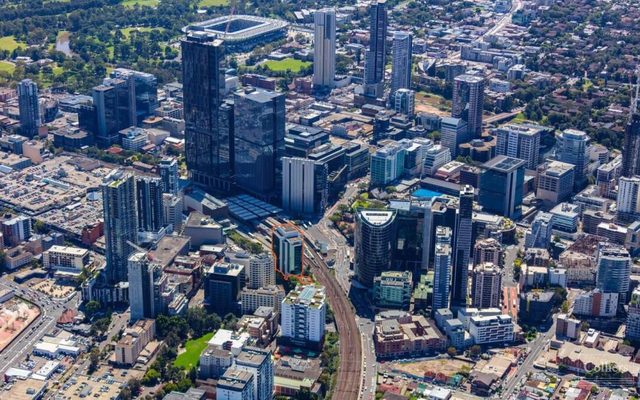This article is from the Australian Property Journal archive
BUILDING approvals rose 7.8% in April following a revised fall of 5.5% in March, according to the latest figures from the Australian Bureau of Statistics.
The increase was bolstered by private sector other dwellings approvals, otherwise known as the volatile apartments sector, which rose 17.5%.
The seasonally adjusted estimate for private sector houses approved rose 1.3% in April following a revised fall of 4.9% in March.
As a result, the seasonally adjusted estimate for the value of total building approved rose 4.1% in April with the value of new residential building approved rising 10.1%.
The value of alterations and additions rose 6.6%, and the value of non-residential building fell 2.9%.
ANZ’s economist Dr Alex Joiner said the strong approvals number was driven by a jump in the ‘other dwellings sector’ which will no doubt be the exception rather than the rule going forward.
He said trend numbers continue to be weak, as are the overall levels of approvals and he expects them to remain so as interest rates remain high.
“The situation in the residential housing market is a double-edged sword for the Reserve Bank. On the one hand they will welcome a general slowing building activity as further evidence that the economy is cooling.
“But on the other, with the current unprecedented tightness in the housing market this is probably not the best outcome for inflation,” he added.
Dr Joiner said without additional housing stock, there will not be any improvements in historically low vacancy rates, which are nearing 1.0% in most capitals and reportedly as low as 0.8% in Sydney and 0.9% in Melbourne.
“This means there is only one way for rents to go and that is upward and at a rapid rate. ‘Advertised’ rents have expanded close to 20% in some capitals in the year to the March quarter.
“As a result we expect strong rental growth for the next 12-18 months at least and this will continue to flow straight on to the inflation bottom line,” he continued.
The underlying demand for new housing is currently running at around 180,000 new dwellings per annum, well ahead of the current rate of completions at less than 150,000.
“We expect the downward trend in building to continue with the industry still reeling after consecutive interest rate hikes earlier in the year.
“With the risk to interest rates still skewed to the upside as the year progresses , any further rises could send building activity into freefall and further exacerbate shortages in the housing market,” Dr Joiner concluded.
Australian Property Journal



